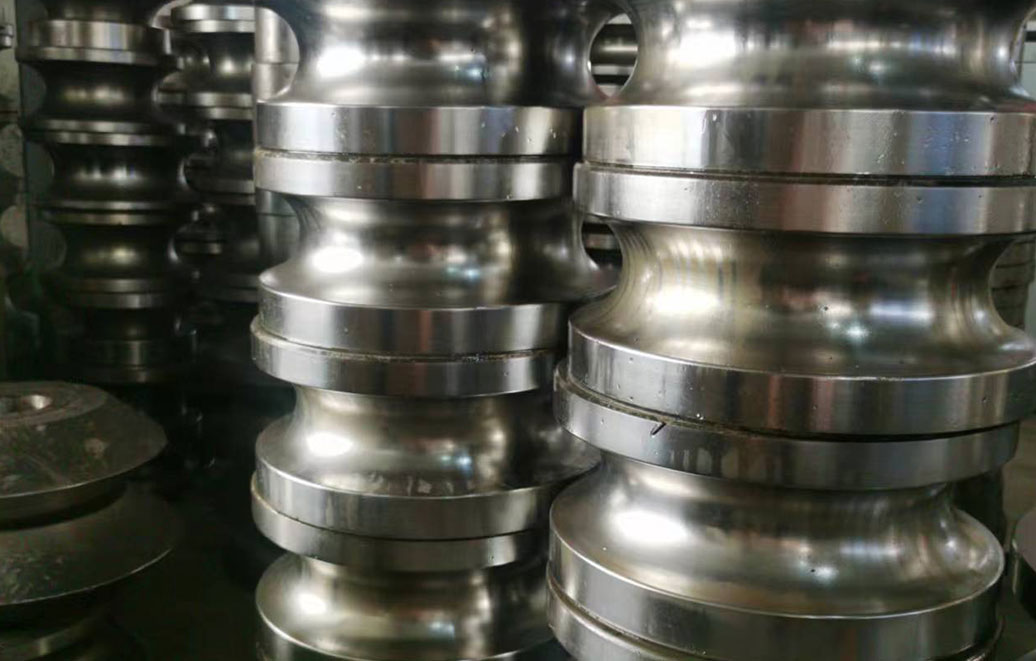seamless pipe production line
Seamless Pipe Production Line A Comprehensive Overview
The production of seamless pipes is a significant segment of the global steel industry, characterized by its innovative processes and advanced technology. Seamless pipes, which are essential in various applications, including oil and gas, construction, and transportation, are highly valued for their strength and durability. A seamless pipe production line encompasses several key stages that ensure the final product meets rigorous industry standards.
Raw Material Selection
The journey of manufacturing seamless pipes begins with the careful selection of raw materials. Steel billets, often composed of high-quality carbon or alloy steel, form the foundation of seamless pipes. These billets are heated in a furnace, achieving a temperature conducive to thermal processing. The choice of raw material is crucial, as it directly affects the mechanical properties and overall performance of the finished pipes.
Heating Process
Once the billets are prepared, they undergo a heating process. This phase involves placing the billets in a rotary hearth furnace, where they are heated to temperatures exceeding 1200°C. This thermal treatment allows the steel to become malleable and prepares it for the next stage of production. Accurate temperature control is vital, as it influences the quality and integrity of the material.
Piercing
Following heating, the billets are subjected to a piercing process. This involves transforming heated billets into hollow tubes. A piercing mill uses a conical punch to create an initial hole in the center of the billet, allowing it to be elongated into a hollow form. The piercing phase is critical, as it establishes the geometry of the pipe and can significantly impact its subsequent processing.
Elongation & Stretching
seamless pipe production line

After piercing, the hollow tubes undergo elongation and stretching processes. This happens in a stretch-reducing mill, where the pipes are further elongated to the desired length and reduced to the specified diameter. The elongation process is essential for achieving the required dimensions and physical properties of the seamless pipes.
Finishing Operations
Once the pipes have been elongated, they move on to finishing operations. This stage includes several treatments such as heat treatment, which refines the mechanical properties of the material. Heat treatment enhances strength and ductility while reducing residual stresses. Additionally, finishing processes may involve paraffin coating, hydrostatic testing, and surface treatments to ensure smoothness and prevent corrosion.
Quality Control
Quality control is a vital aspect of the seamless pipe production line. Rigorous testing is conducted to ensure that the pipes meet industry standards and specifications. Non-destructive testing methods such as ultrasonic testing, eddy current testing, and radiographic inspections are commonly employed to identify any internal or external defects. A comprehensive quality assurance program helps in maintaining consistent production quality and minimizing waste.
Packaging and Shipping
After passing quality control, the seamless pipes are packaged appropriately for transportation. Proper packaging is critical to prevent any damage during shipping. Organizations often use durable materials that protect the pipes from environmental conditions and impacts. Once packaged, the pipes are shipped to distributors, manufacturers, or directly to construction sites, depending on the demand.
Conclusion
The seamless pipe production line is a complex interplay of advanced technology, precise engineering, and diligent quality control. From the careful selection of raw materials to the intricate processes of heating, piercing, elongation, and finishing, each stage plays a pivotal role in the creation of high-quality seamless pipes. In an ever-evolving industry, companies are continually exploring innovative methods and technologies to enhance production efficiency and the attributes of seamless pipes. As the demand for these essential components grows, so too does the need for efficient, reliable, and sustainable production lines that deliver exceptional results in the manufacturing sector.
-
High Frequency Straight Seam Welded Pipe Production Line-BzZhou Xinghua Machinery Equipment Manufacturing Co., LTD.|Precision Welding, High EfficiencyNewsJul.30,2025
-
High Frequency Straight Seam Welded Pipe Production Line|BzZhou Xinghua|Precision Welding&EfficiencyNewsJul.30,2025
-
High Frequency Straight Seam Welded Pipe Production Line - BzZhou Xinghua|Precision Engineering&EfficiencyNewsJul.30,2025
-
High-Frequency Straight Seam Welded Pipe Production Line-BzZhou Xinghua Machinery Equipment Manufacturing Co., LTD.NewsJul.30,2025
-
High-Frequency Straight Seam Welded Pipe Production Line-BzZhou Xinghua Machinery Equipment Manufacturing Co., LTD.|Precision Manufacturing, High EfficiencyNewsJul.30,2025
-
High Frequency Straight Seam Welded Pipe Production Line-BzZhou Xinghua Machinery Equipment Manufacturing Co., LTD.|Precision Steel Pipe Manufacturing&Industrial EfficiencyNewsJul.29,2025


